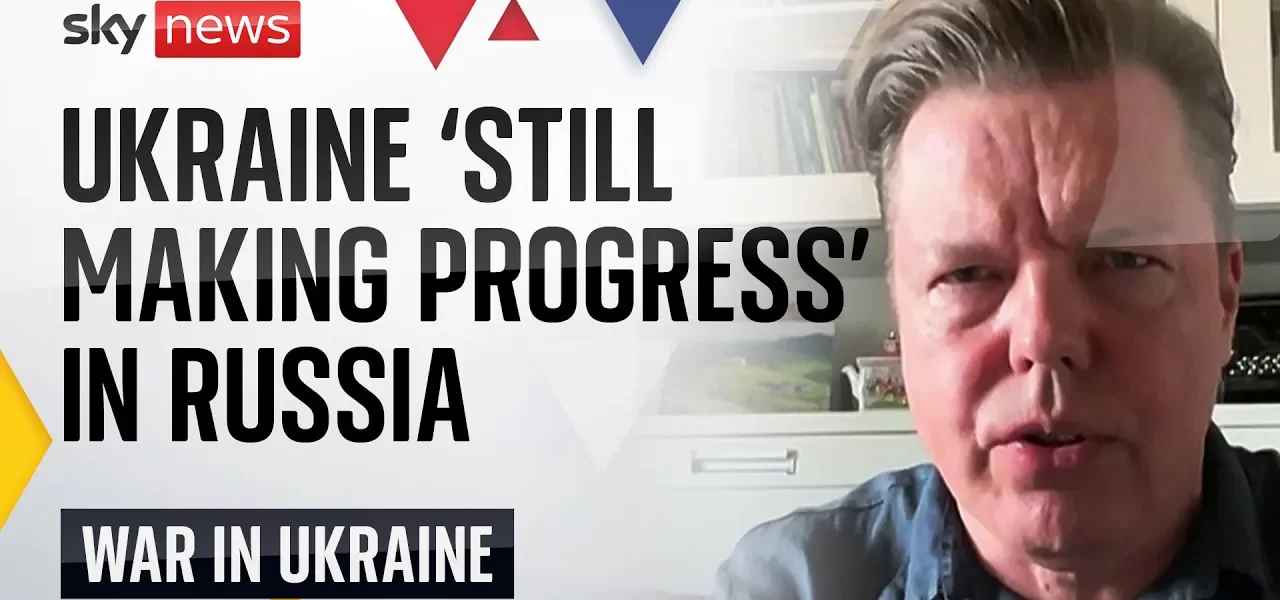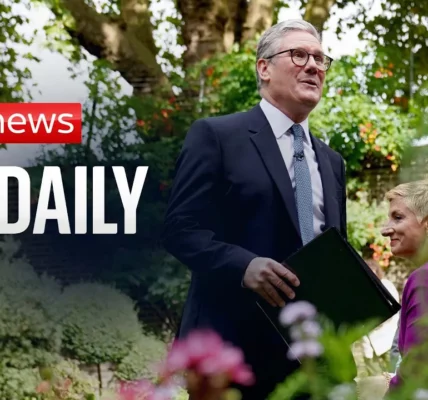Ukrainian Forces’ Progress Inside Russia: A Detailed Analysis

In this article, we explore the recent advancements made by Ukrainian forces within Russian territory, the strategic implications of ongoing military operations, and the dynamics of Western military support in the context of the protracted conflict.
Introduction
The ongoing conflict between Ukraine and Russia has seen significant developments, particularly in the operations led by Ukrainian forces inside Russian territory. Despite concerns about the pace of these operations, recent reports indicate that Ukrainian military units continue to make progress, focusing on strategic targets such as logistics and communication lines. This article delves into the specifics of these operations, the position of Western allies regarding military support, and recent changes in Ukraine’s military leadership.
Ukrainian Forces’ Operations Inside Russia
Ukrainian military commanders have maintained a level of secrecy around their operations inside Russia, which appears to be a contributing factor to their success. The current state of affairs indicates that:
- The Ukrainian Army is effectively advancing into Russian territory.
- Significant efforts are being made to destroy critical logistics infrastructure, including bridges.
- These operations are isolating Russian troops positioned near the Ukrainian border.
Interestingly, Russian forces seem more focused on offensives in the Donetsk region rather than defending their own territory, raising questions about their strategic priorities.
Humanitarian Impact and Western Military Support
The conflict has not only military implications but also devastating humanitarian consequences. Recently, a tragic event occurred when a Russian guided bomb struck a playground in Kiev, resulting in the death of a 14-year-old girl. This incident sparked renewed calls from President Zelensky for greater military support from Western allies, specifically the authorization to deploy longer-range missiles against Russian targets. The current situation reflects a broader dilemma:
- Ukraine has endured significant casualties among both civilians and military personnel over the past two years.
- Despite the ongoing conflict, Western nations have been hesitant to allow Ukraine to target Russian military installations.
- Strategic discussions among Western allies continue, with concerns about potential escalation influencing their decisions.
President Zelensky has articulated the belief that effective military pressure is essential in persuading Western nations to reassess their stance on military aid.
Leadership Changes in Ukraine’s Air Force
Another significant development in Ukraine’s military landscape is the recent dismissal of the Air Force Chief by President Zelensky. This decision has drawn attention, particularly in light of a recent crash involving a newly delivered F-16 fighter jet. Key points to consider include:
Reasons Behind the Dismissal
While the official reasoning is still under investigation, there are several factors that could be linked to this leadership change:
- Historical data indicates that friendly fire incidents account for a notable percentage of aircraft losses in military operations.
- The Ukrainian military faced extensive missile and drone attacks, which required a robust defensive response.
- The loss of the F-16 during these engagements has prompted scrutiny over operational effectiveness.
Impact on Military Strategy
The reshuffling of military leadership could signal a shift in strategy, focusing on enhancing operational efficiency and reducing losses due to friendly fire. Observers are keenly awaiting official statements from Ukrainian authorities regarding the implications of this change.
Conclusion
The situation surrounding Ukrainian military operations inside Russia remains fluid and complex. While the Ukrainian forces continue to make strategic advances, the humanitarian toll and the need for increased Western support are critical issues that must be addressed. Additionally, the recent changes in military leadership highlight the ongoing challenges faced by Ukraine in its defense efforts. As the conflict evolves, it is imperative for Western allies to reconsider their positions and provide the necessary support to enable Ukraine to effectively respond to the ongoing aggression. For more insights on the implications of military strategies in conflict zones, explore our articles on military tactics and international relations.
“`




